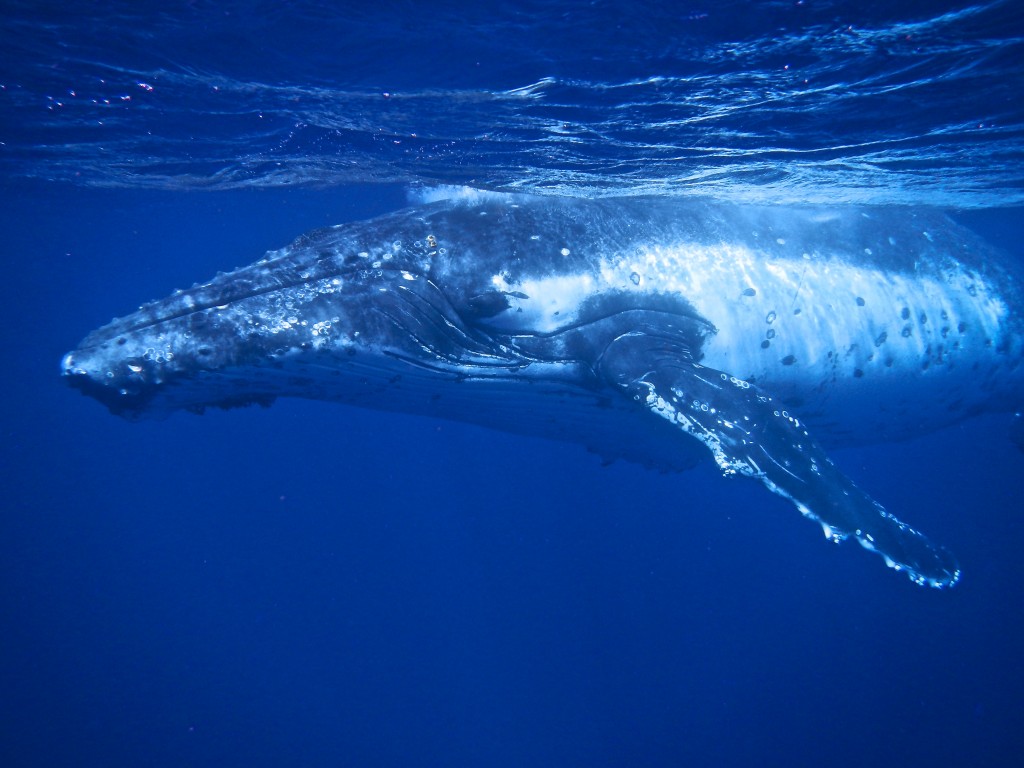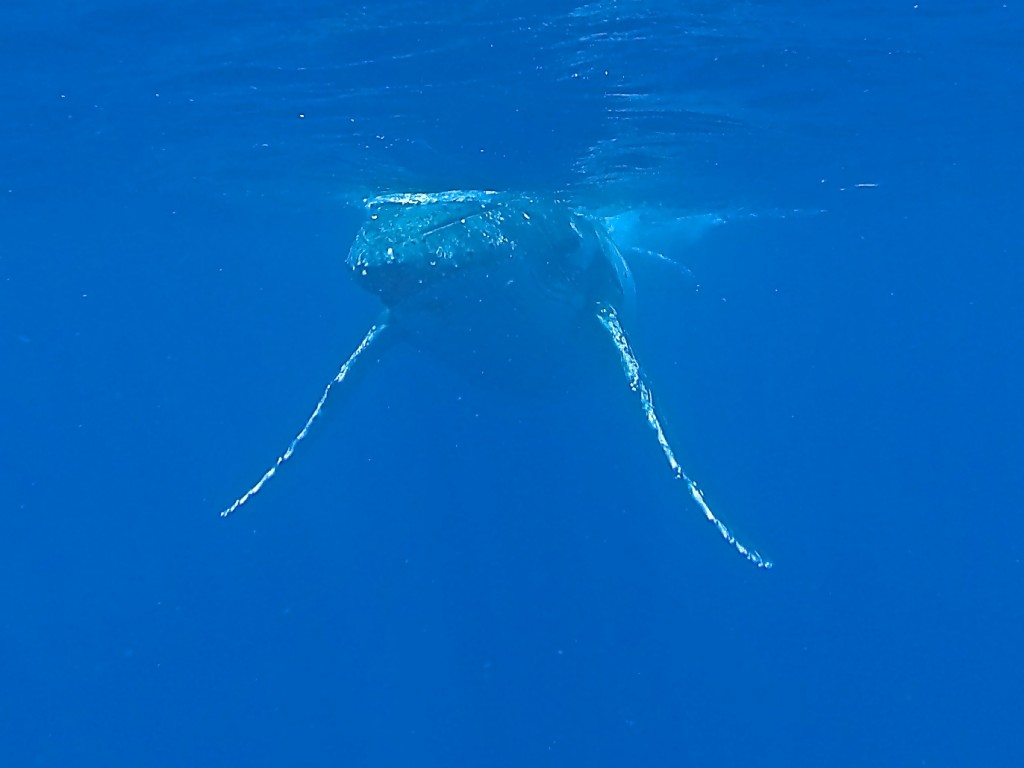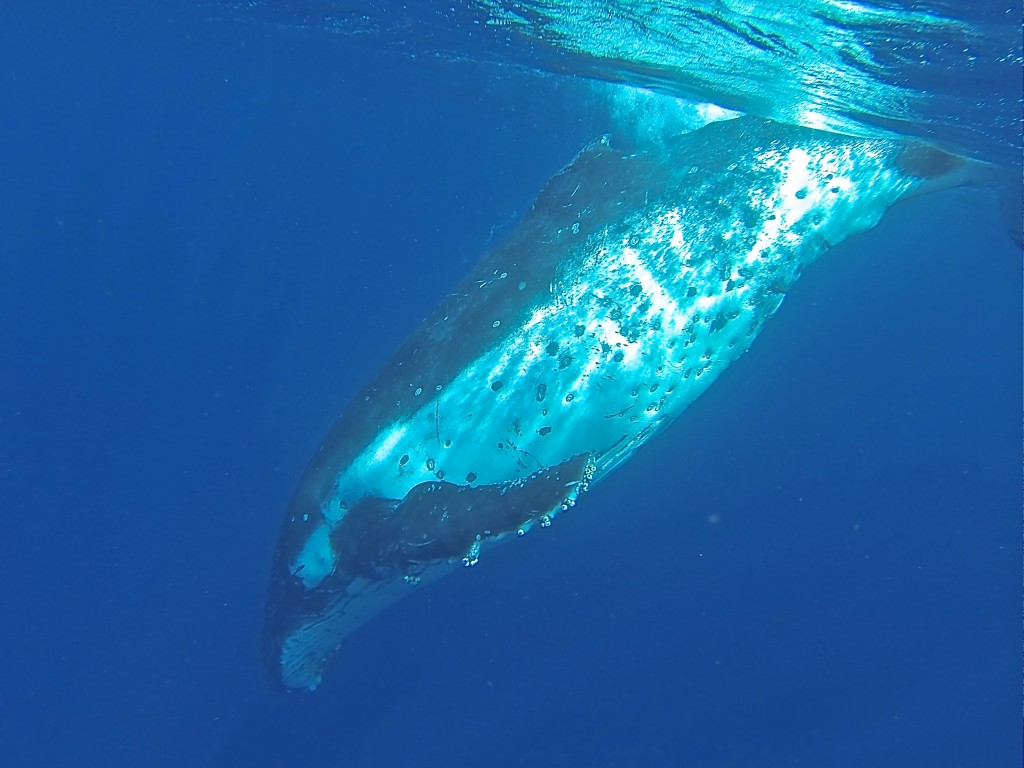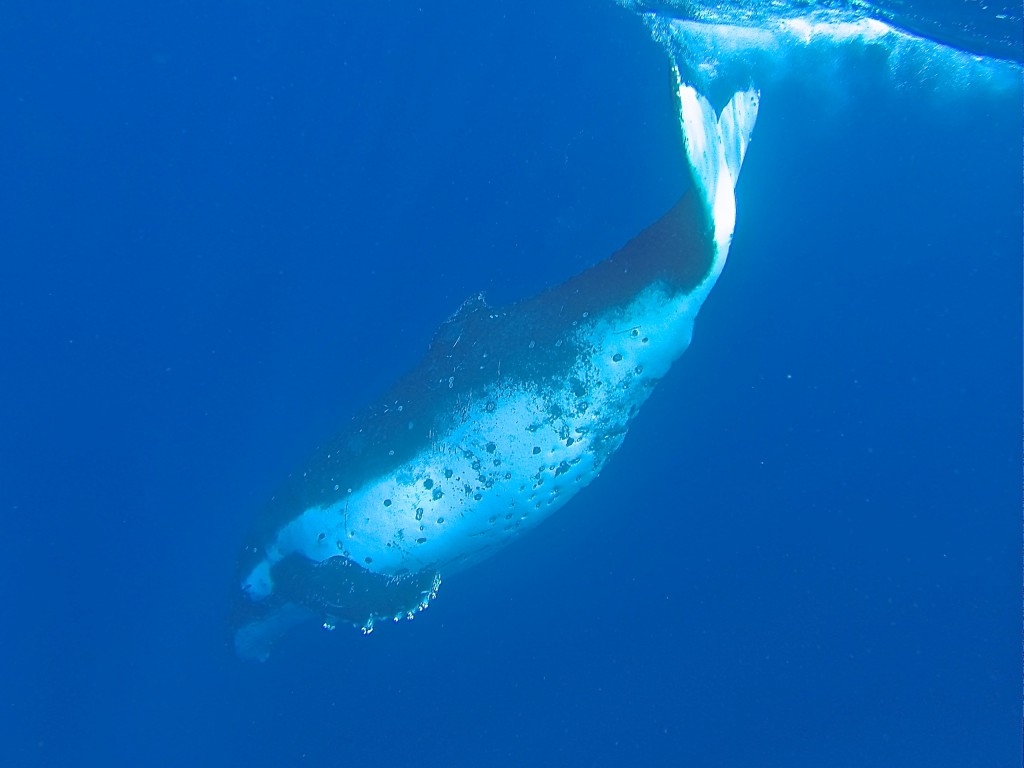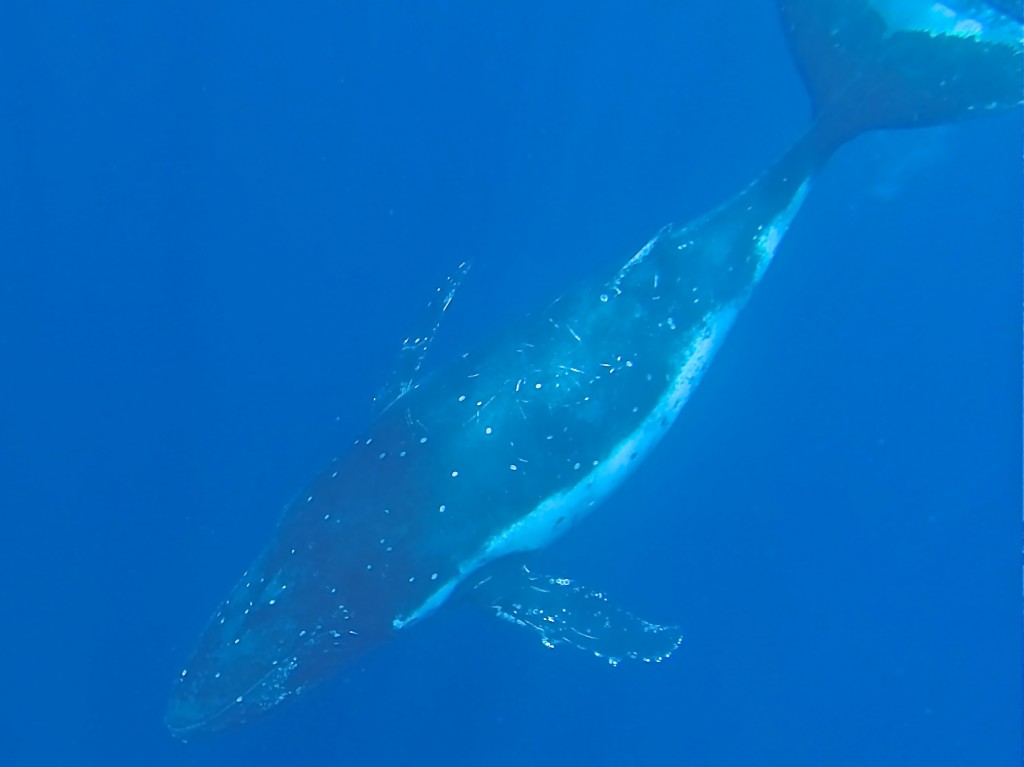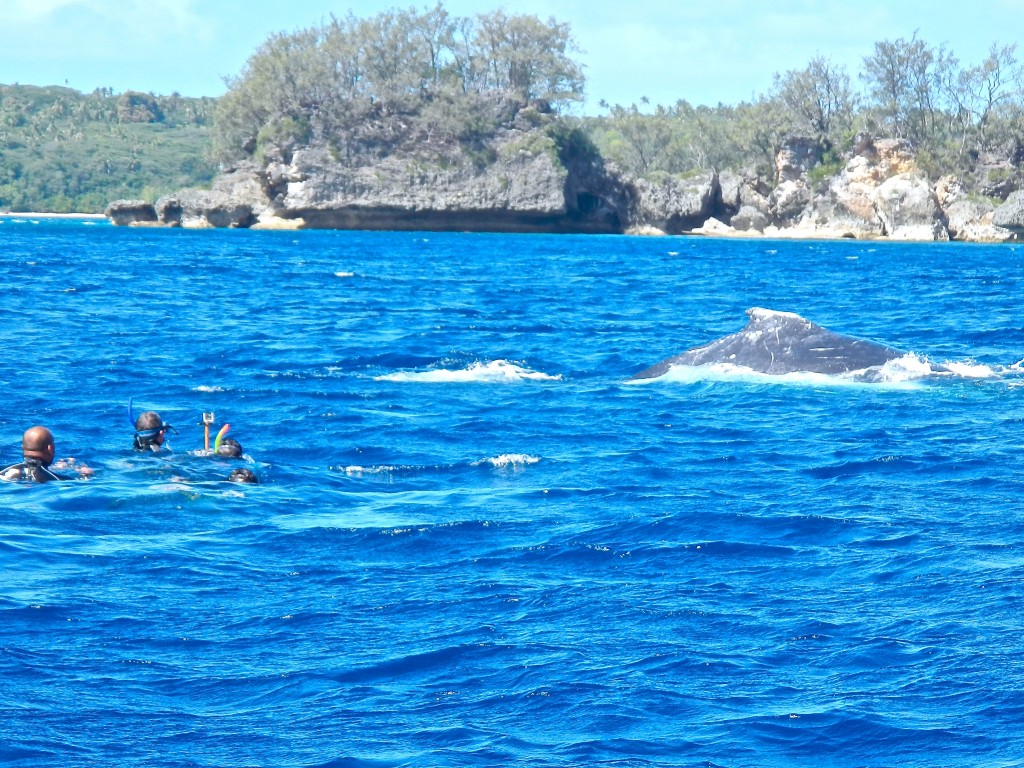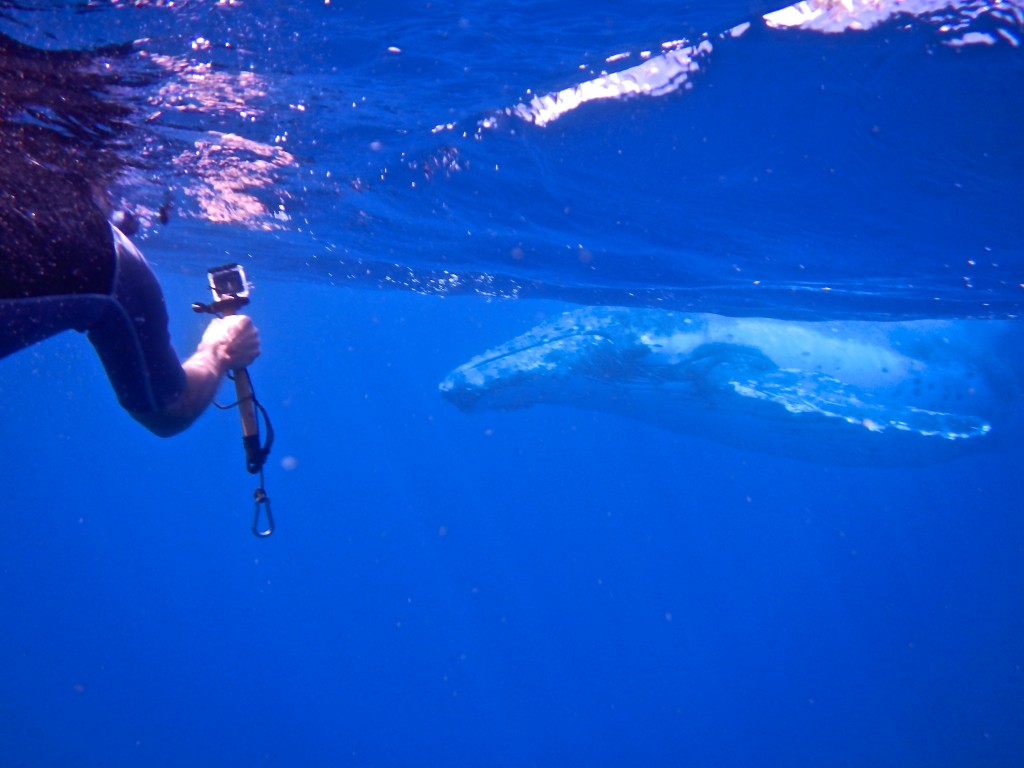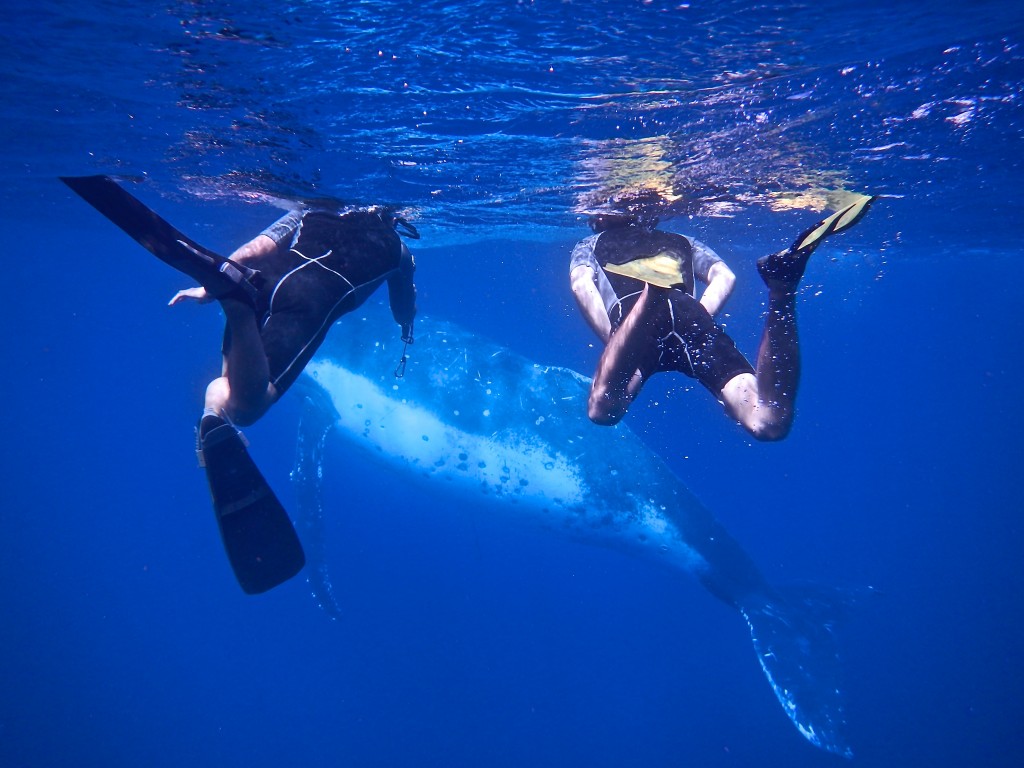After a few days back in Neiafu to provision, do laundry and banking, and upload pics for the blog, we set out again to explore more of the outer islands. While in Neiafu, we also helped welcome the king to Vava’u as we joined hundreds of school children lining the road to the airport. We had a 2-second view of him as his motorcade drove by on the way to his palace. He was recently coronated and took over the crown from his brother who passed away over a year ago.
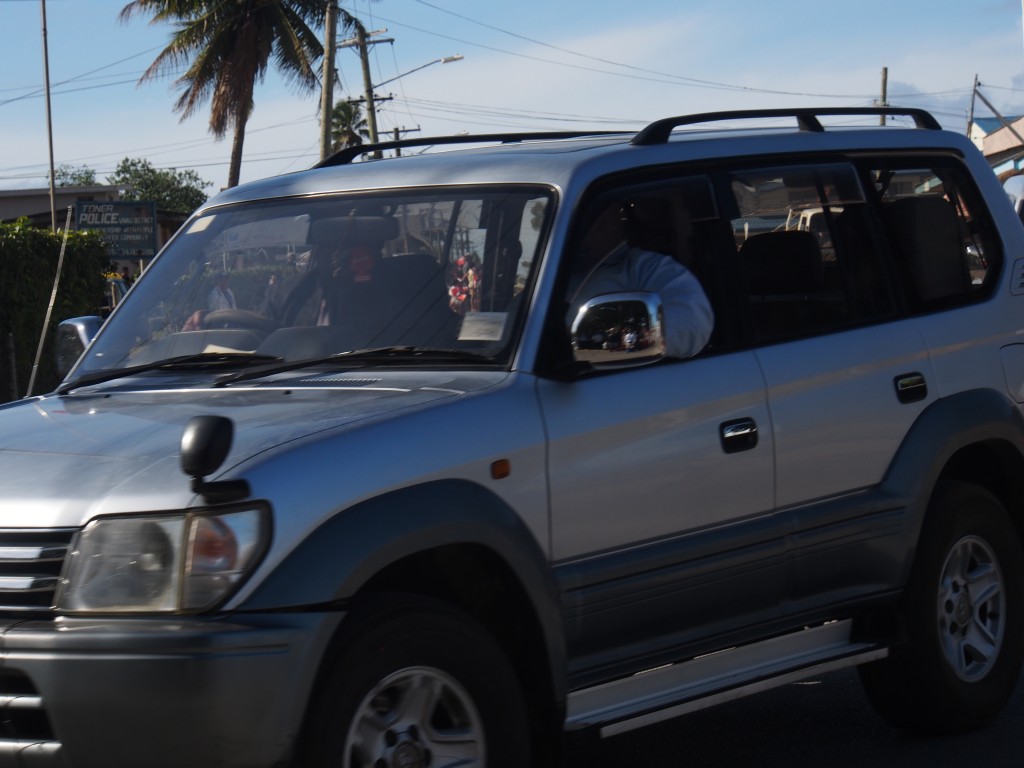

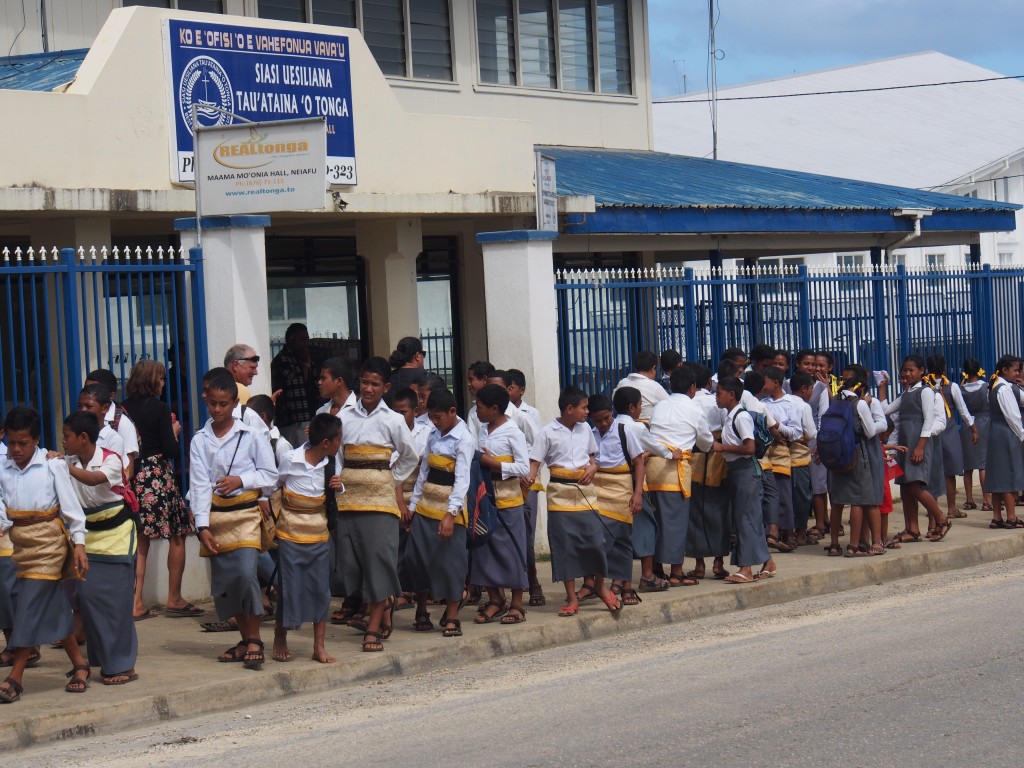
Mariner’s Cave
The saying is that everyone visits Swallow’s Cave, but only the brave go to Mariner’s Cave. We hopped on SV Bob The Cat and motored a short distance from Port Maurelle to the west side of Nuapapu island. At medium tide, the entrance to the top of the cave opening is about 4’ under water. Since David and Malene were there before, they knew exactly where the opening was and “parked” their catamaran nearby. The adults and some of the older kids jumped in the water and prepared to dive down into the cave. The first time through is scary since you cannot see the inside of the cave. To enter, you take a deep breath and swim 4’ under water for about 10’, then come back up to the surface. It’s sort of like diving under our boat on one side and coming up on the other side. The inside of the cave is slightly smaller than Swallow’s Cave, and the only light comes from under water where the opening is. After swimming in and out a few times, we realized it was too difficult for Jacintha and she was happy to stay aboard the catamaran and play with Matthias, Lucas, and Ivan. There’s a second entrance to the cave that some people can free-dive to. It’s about 50’ down, so we didn’t even consider trying! We motored back to the anchorage and had a pizza party dinner aboard Apropos. Karen and Malene baked 6 pizzas for a hungry crew of 4 kids and 4 adults!
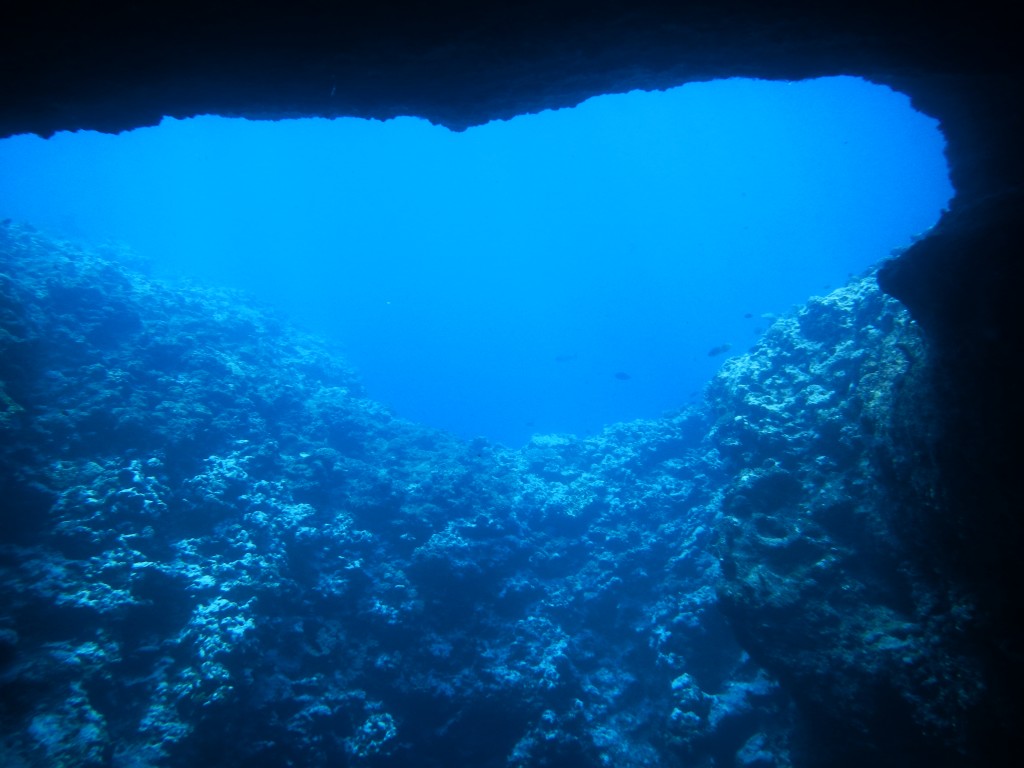
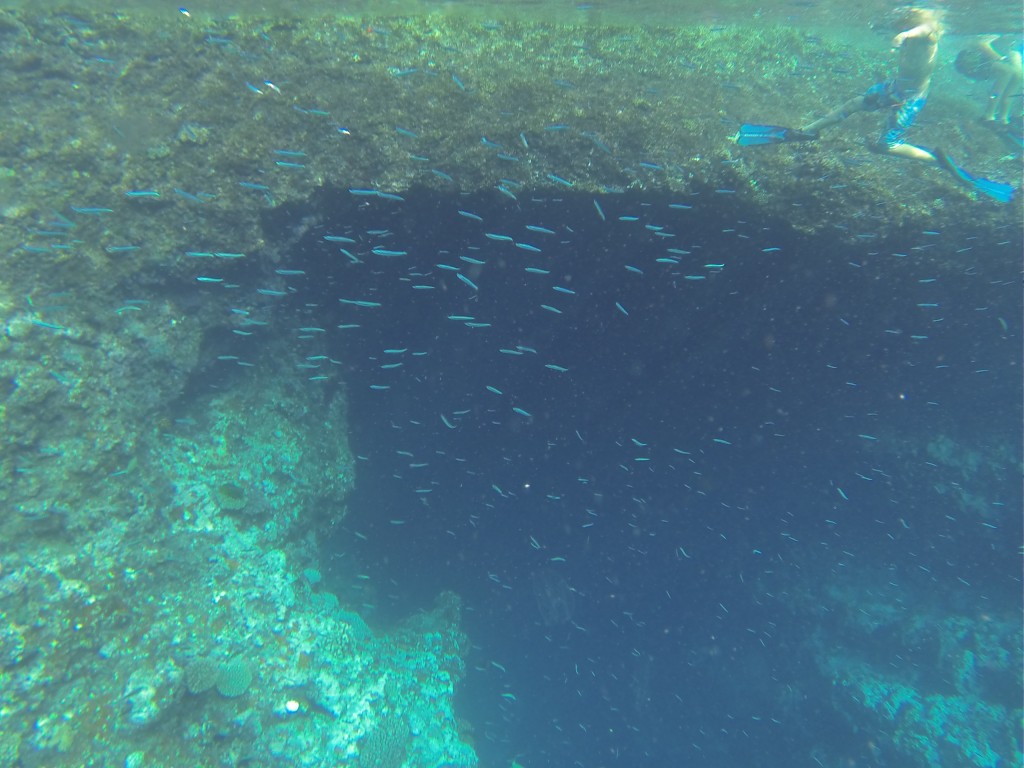
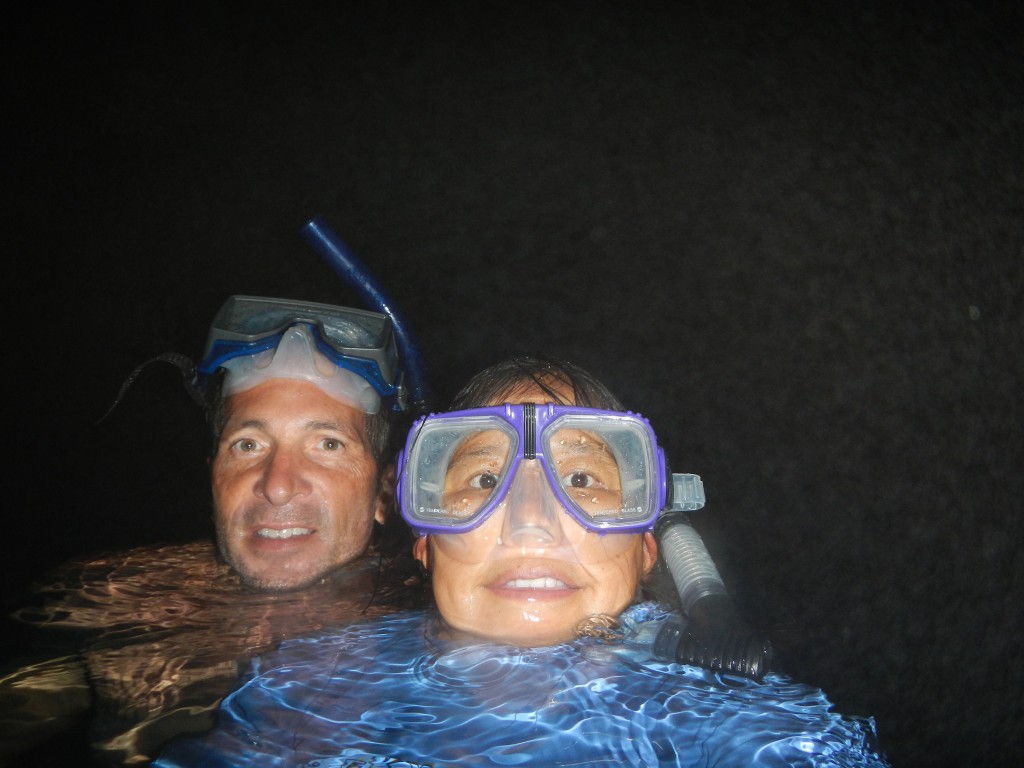
Back to Port Maurelle
Port Maurelle is one of our favorite anchorages in the Vava’u group. Since the south-easterly trade winds were up all week, we returned there as it’s sheltered and has good holding. We also reconnected with familiar boats like Bob The Cat, Panthera, Fannie Fisher, and Javelot. It’s great for Jacintha too since she has friends on Javelot and Bob The Cat. She comes and goes via dinghy to other kid boats anchored next to us kodu.ut.ee. With about 10 boats in the anchorage, we had a fun beach bonfire one night complete with jumbo marshmellows we bought at Costco in Mexico. A female humpback whale and her calf swam into the anchorage one morning and gave us a nice show.
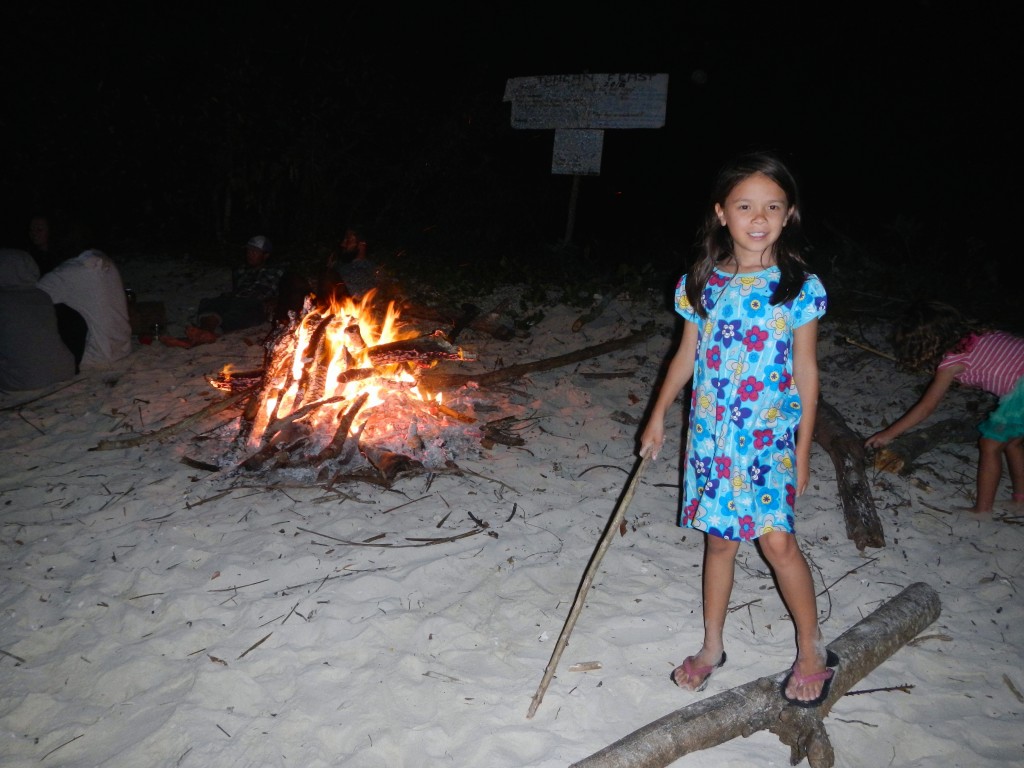
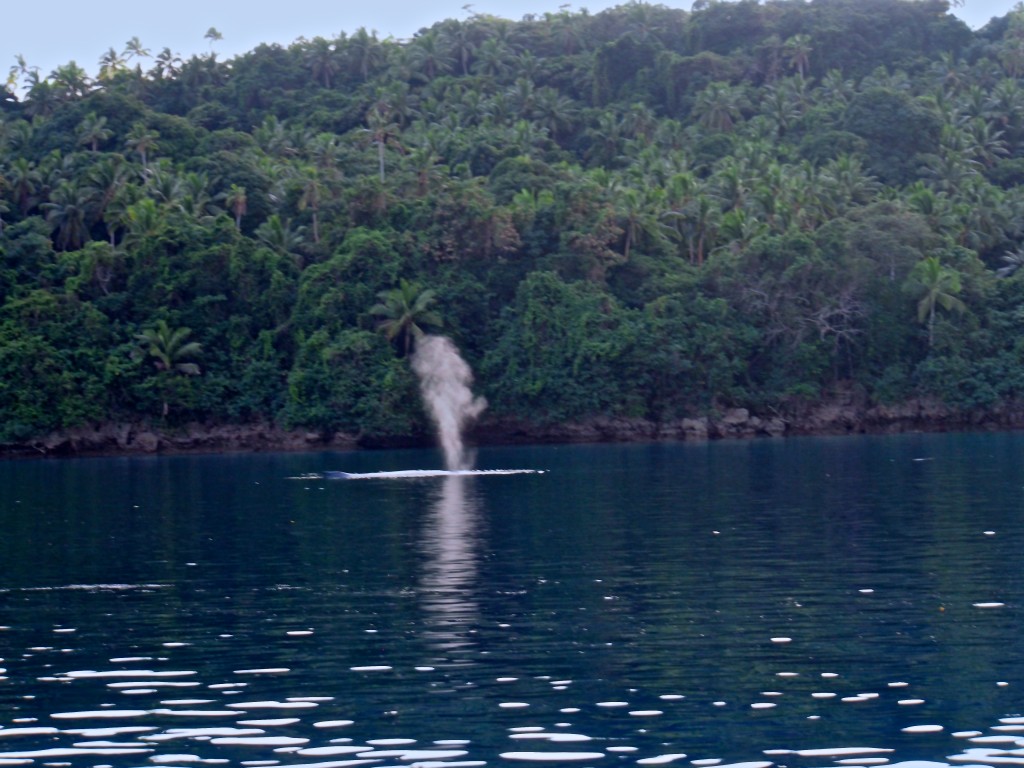
Swimming with Whales
There are only a few places in the world that allow swimming with whales, and Tonga is one of them. Since we already swam with the whale sharks in La Paz, the sea lions near Isla La Partida, black-tipped and lemon sharks in Rangiroa, and stingrays in Bora Bora, we figured we may as well try swimming with humpback whales.
First we spent a nice relaxing afternoon on the small uninhabited island of Taunga, anchorage #23. David and Malene kiteboarded on the windy side of the island, the 3 kids gathered sand dollars and built a hut, and Karen and I relaxed on the wind-free, leeward side of the island. We then headed back to Port Maurelle, 3 miles away, where the whale boat would pick us up in the morning.
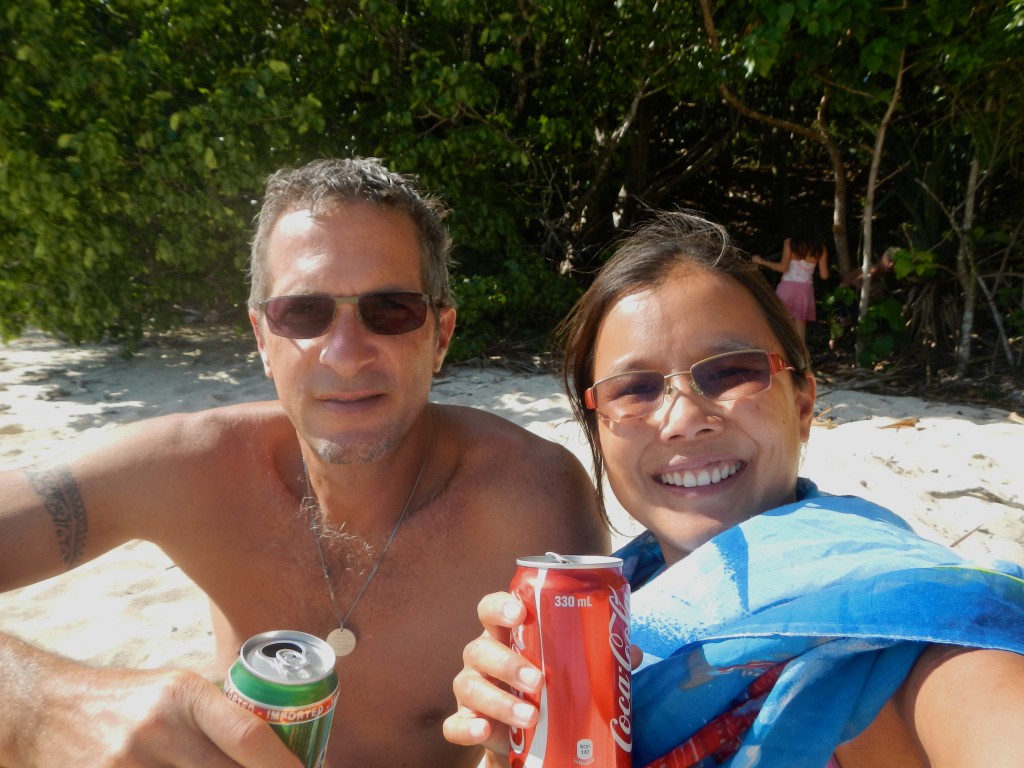
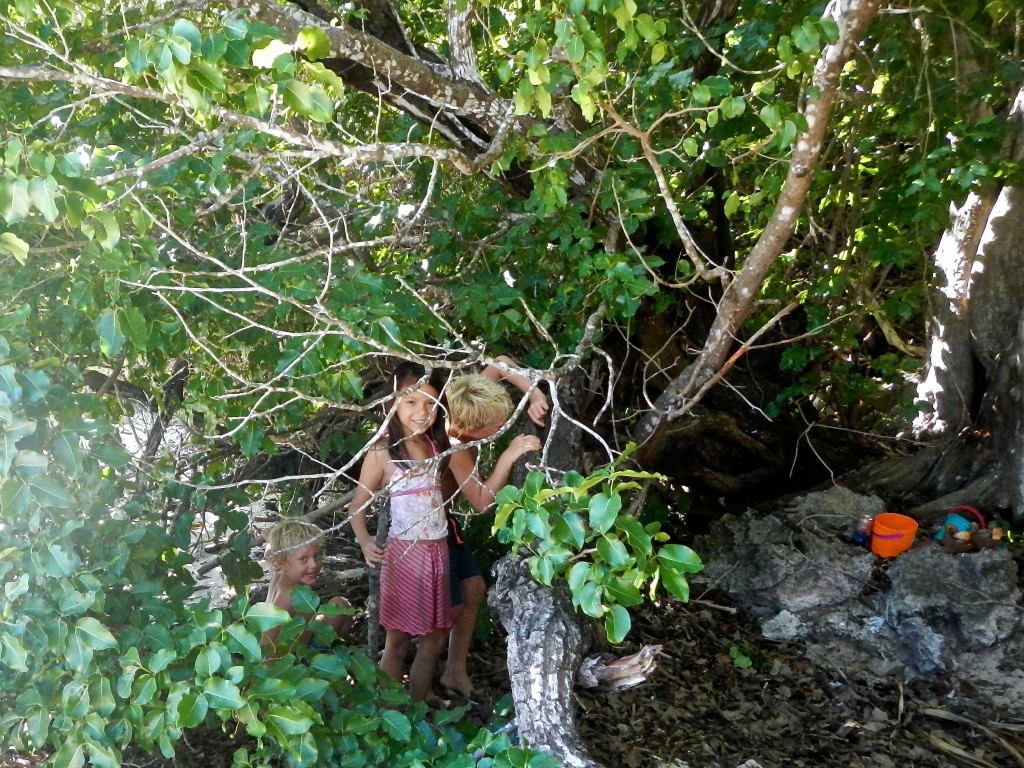
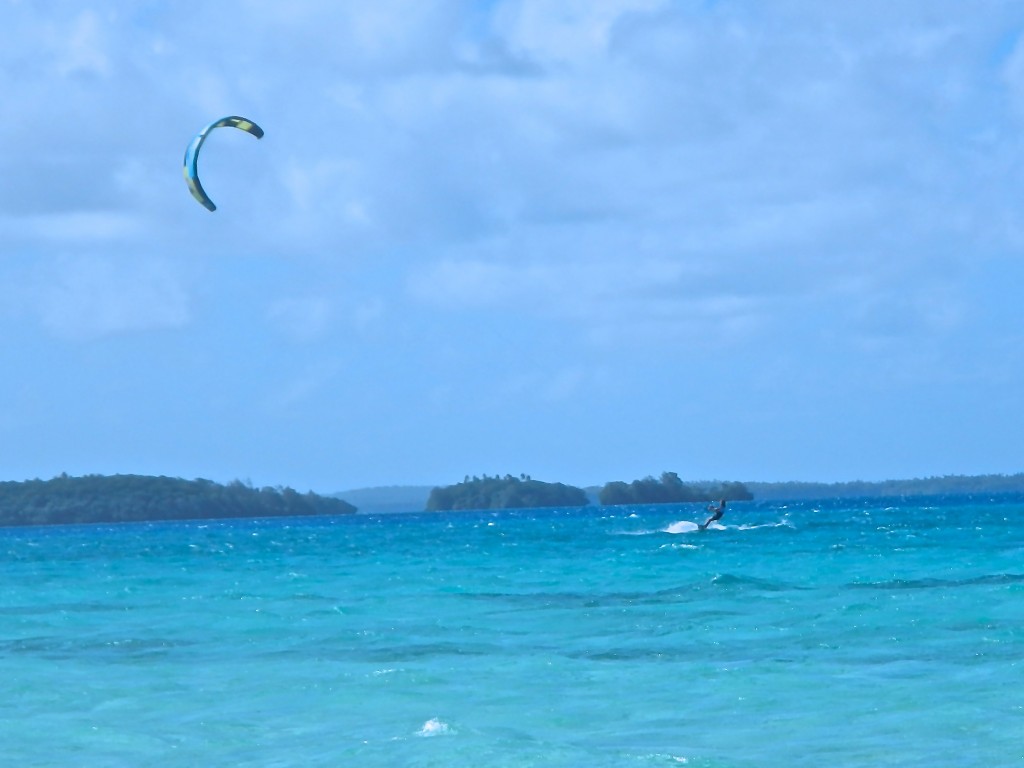
To legally swim with whales, you must go with a certified guide and there are several in Tonga.
The whale boat came by our anchorage at 8am to pick us up, then sped away to some of their favorite whale sites. We spotted a few whales in the distance, but they disappeared before we reached them. After about 3 hours of searching, we finally got in the water near a pair of humpbacks but didn’t see them underwater before they dove off. This area was not protected from the wind so the waves made it difficult to snorkel without sucking in water. Soon after, we spotted a female with a young calf, and jumped in the water again, but didn’t get close enough before they swam away. I was starting to wonder if this whale swimming tour was going to be worth it ($1000 Tongan or $500US for the 3 of us). Finally, we spotted a juvenile male humpback surfacing about every 4 minutes. This is a sign that they are sleeping and half their brain is turned off, so they surface about every 4 minutes to breathe, then dive back down. We jumped back in the water and swam to where he last surfaced. The water was very clear so you could see him rising from about 50’. As he got closer to the surface, you realized just how big he was. He stayed on the surface for 5-10 seconds before slowing turning around to go back down. With a few strokes of his powerful tail, he got smaller and smaller until he disappeared into the abyss. We stayed around for 4 or 5 cycles during which time we rotated swimmers (a guide can only take 4 swimmers in the water at a time and there were 6 on the boat). It was an amazing experience and we got some good underwater photos and videos.
